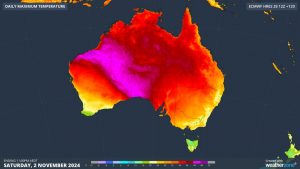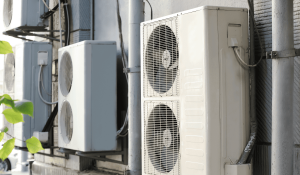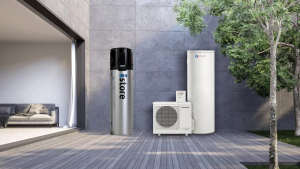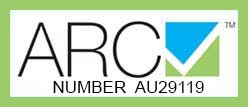If you’ve ever lived in a huge house with lots of rooms, or worked in a large building with multiple levels and offices, chances are you’ve enjoyed refrigerated air. But have you ever wondered how ducted air conditioning works?
Refrigerated Ducted Air Conditioning comes into its own when cooling large spaces – and for controlling even temperature in humid, or hot/dry climates.
READ MORE: The smart-home future of air conditioning is here, with MyAir
These systems are whisper-quiet, visually discrete and can be zoned for better efficiency.
They are also more expensive to install, so if you’d like to know more because you’re in the market for a new aircon, or you’re just curious about how these bad boys work, then please read on.
How ducted air conditioning works
Ducted air conditioning is able to kiss you with a constant cool breeze because it siphons conditioned air from a central unit, before feeding it along a series of ducts and vents in your ceiling, and eventually to you in the rooms below.
Air that is in your rooms is drawn into the central air control unit for cooling or warming. Once conditioned and purified, it is fed back into your home via the ductwork and vents, at the perfect temperature to keep you comfortable.
How ducted air conditioning works comes down to two main units that drive the process. They are:
- A condensing unit (with a compressor) positioned outside;
- An indoor fan coil unit that lives in your ceiling or roof cavity;
The two units are connected by a series of pipes, which work together to perform the refrigeration/air purification cycle.
The wizardry of ducted air
Like magic, when your thermostat senses that the air in your home is getting too warm, the compressor kicks in to pump refrigerant through the pipes that run between the inside and outside units.
As the refrigerant passes through the cooling coil of your indoor unit, the evaporator coil extracts any heat moving around it.
Your indoor unit’s furnace blower propels the newly conditioned air through the ducting and vents, where it cascades sweetly into your living areas.
Meanwhile, the refrigerant absorbs the heat from the circulating indoor air and gets warm. So it is then drawn back into the outdoor unit for cooling. The cooled refrigerant is then sent back through to the indoor fan coil unit. And so the cycle continues.
Are ducted air conditioners better?
If you have a large home with lots of living space, then there’s a few reasons why ducted air con would be considered a better buy.
First up, for those with a large home (more than three bedrooms), ducted systems can be a more efficient way to keep your home cool than installing multi split systems.
The carefully planned layout of ducting and vents means that each room in your home can be temperature controlled – or switched off when not in use.
This is because ducted air conditioning allows you to zone areas and control them independently – even wirelessly.
As a result, you have complete control, minimize wastage, and save on your energy bills.
Call Plum Trade Services today!
If you’ve loved learning how ducted air conditioning works and are in the market for a new home air conditioning system, why not give Melbourne and Geelong’s premier heating & cooling professionals a call at Plum Trade Services.
It’s common to feel bamboozled by all the varying models, shapes and unit sizes when selecting the best home cooling solution, but our team at Plum Trade Services will always put you and your needs first.
You’re in safe hands with Plum, with the knowledge that from more than 1500 reviews on Google, we have a 4.9/5 star rating, thanks to our hard work and integrity resulting in happy customers.
Please call us in Melbourne (03) 8360 9622, Geelong (03) 5292 2219, or you can shoot us an email via contact@plumheatcool.com.au










